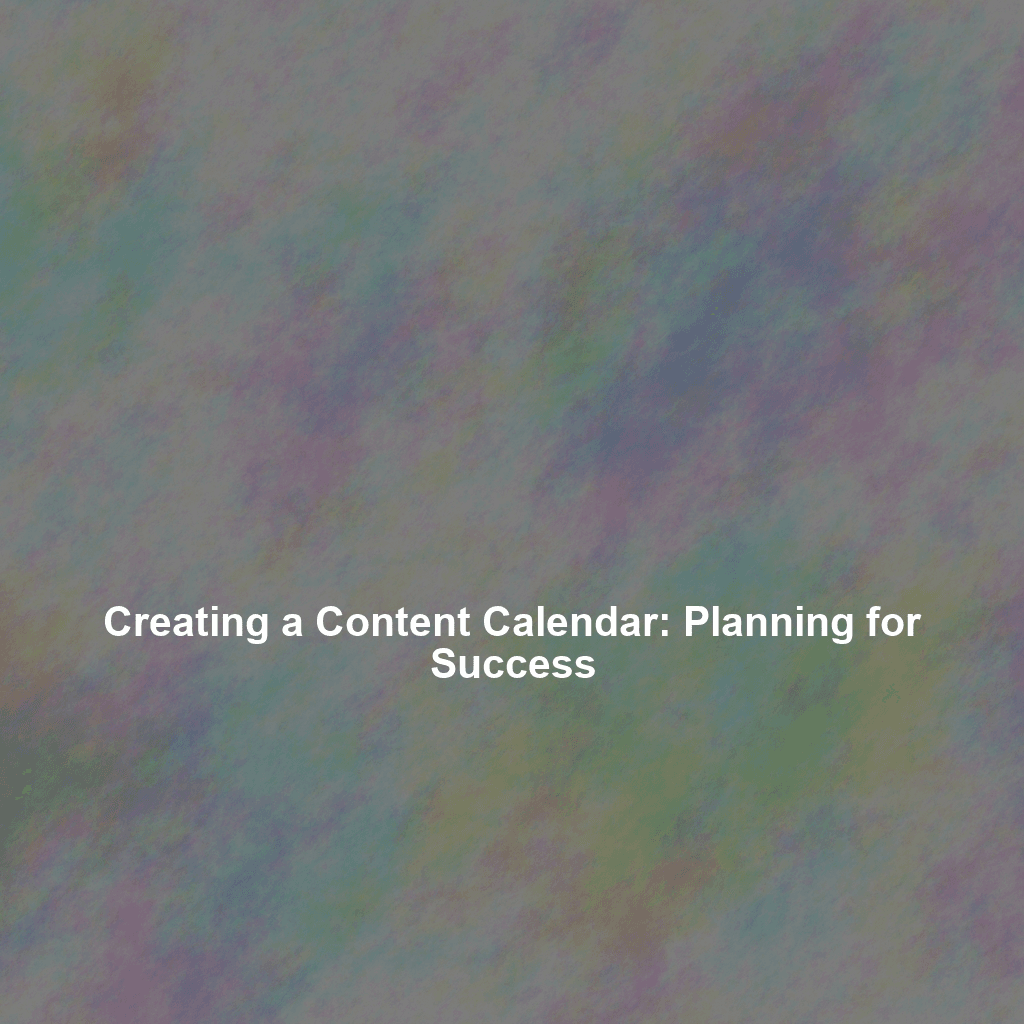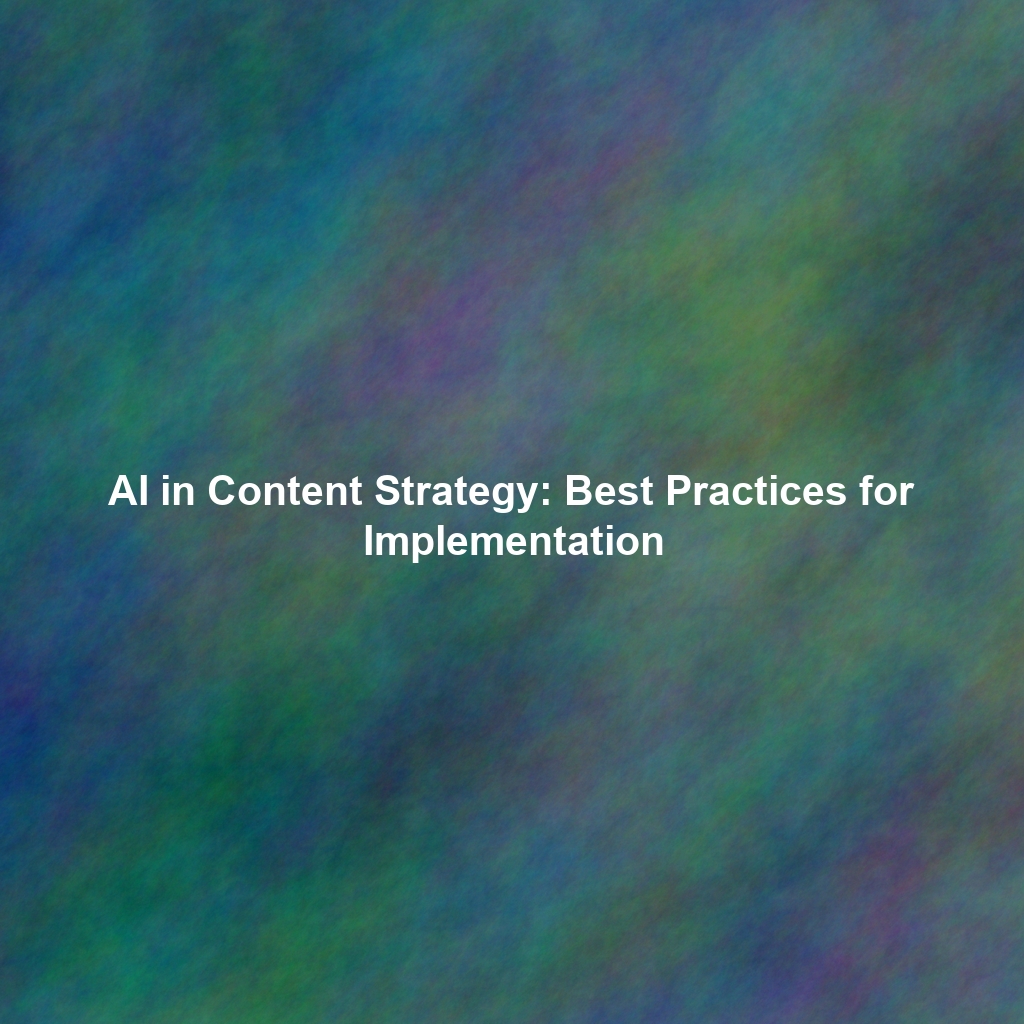In today’s digital landscape, consistent and high-quality content is the bedrock of any successful marketing strategy. But churning out a steady stream of engaging blogs, social media updates, and videos can feel like a daunting task. That’s where a content calendar comes in. It’s your strategic roadmap, guiding your content creation efforts and ensuring you consistently deliver valuable information to your audience, ultimately driving results for your business.
Why You Need a Content Calendar: The Benefits Unveiled
Think of a content calendar as your marketing command center. It’s more than just a schedule; it’s a tool that helps you:
- Maintain Consistency: Say goodbye to content droughts! A calendar ensures a regular publishing schedule, keeping your audience engaged and coming back for more.
- Stay Organized: No more scrambling for last-minute ideas. A calendar provides a clear overview of your upcoming content, allowing you to plan ahead and allocate resources effectively.
- Improve Collaboration: When everyone is on the same page, teamwork thrives. A shared calendar fosters better communication and coordination among your marketing team.
- Target Your Audience Effectively: Plan content that resonates with specific segments of your audience, addressing their needs and interests at different stages of the buyer’s journey.
- Boost SEO: Consistent, high-quality content is a key ranking factor for search engines. A calendar helps you plan content around relevant keywords and topics.
- Measure and Analyze Results: Track the performance of your content over time and identify what’s working and what’s not, allowing you to refine your strategy and optimize for better results.
Creating Your Content Calendar: A Step-by-Step Guide
Ready to take control of your content strategy? Here’s how to build a content calendar that works for you:
1. Define Your Goals and Audience
Before you start filling your calendar with content ideas, take a step back and define your objectives. What do you want to achieve with your content marketing? Do you want to generate leads, increase brand awareness, or drive sales? Understanding your goals will help you create content that aligns with your overall marketing strategy. Additionally, clearly define your target audience. What are their pain points, interests, and preferred channels? Understanding your audience is crucial for creating content that resonates with them and drives engagement.
2. Choose Your Calendar Format
There’s no one-size-fits-all approach to content calendars. Choose a format that suits your team’s workflow and preferences. Popular options include:
- Spreadsheets (Google Sheets, Excel): Simple, flexible, and easy to share. Ideal for smaller teams and basic content planning.
- Project Management Tools (Trello, Asana, Monday.com): Offer more advanced features like task management, collaboration, and workflow automation. Suitable for larger teams and complex content strategies.
- Dedicated Content Calendar Tools (CoSchedule, SEMrush Content Calendar): Designed specifically for content marketing, providing features like social media scheduling, analytics, and SEO integration.
3. Brainstorm Content Ideas
Now comes the fun part: generating content ideas! Consider using these techniques:
- Keyword Research: Use tools like Google Keyword Planner or Ahrefs to identify relevant keywords that your audience is searching for.
- Competitor Analysis: Analyze your competitors’ content to identify gaps and opportunities.
- Audience Feedback: Ask your audience what topics they’re interested in through surveys, polls, or social media interactions.
- Repurpose Existing Content: Turn a blog post into an infographic, a webinar into a series of short videos, or a case study into a social media campaign.
4. Populate Your Calendar
Start filling your calendar with your content ideas, including key details such as:
- Title: A clear and concise title that accurately reflects the content.
- Content Type: Blog post, social media update, video, infographic, etc.
- Target Keyword: The primary keyword you’re targeting with the content.
- Target Audience: The specific segment of your audience you’re targeting.
- Publish Date and Time: When the content will be published.
- Author/Creator: Who is responsible for creating the content.
- Channel: Where the content will be published (website, social media, email, etc.).
- Status: Draft, In Progress, Ready to Publish, Published.
5. Schedule and Automate
Once your calendar is populated, schedule your content for publication. Use social media scheduling tools like Buffer or Hootsuite to automate your social media posting. Consider using email marketing platforms like Mailchimp or ConvertKit to schedule email newsletters and promotional campaigns.
6. Monitor and Analyze
After your content is published, track its performance. Monitor key metrics such as website traffic, engagement, leads, and conversions. Analyze your results to identify what’s working and what’s not, and use this information to refine your content strategy and optimize your calendar for better results. Regularly review and update your content calendar based on your findings.
Tips for a Thriving Content Calendar
- Be Realistic: Don’t overcommit yourself. Start with a manageable schedule and gradually increase your content output as needed.
- Be Flexible: Things change. Be prepared to adjust your calendar as needed to accommodate unexpected events or emerging trends.
- Batch Create Content: Dedicate specific days to creating multiple pieces of content at once. This can help you stay focused and productive.
- Promote Your Content: Don’t just publish your content and hope people find it. Actively promote it through social media, email marketing, and other channels.
- Stay Inspired: Keep learning and experimenting with new content formats and ideas to keep your audience engaged.
Conclusion: Your Path to Content Marketing Mastery
A well-crafted content calendar is more than just a schedule; it’s the engine that drives your content marketing success. By following these steps, you can create a calendar that helps you plan, organize, and execute your content strategy effectively. Remember to be flexible, adapt to changing trends, and always prioritize delivering value to your audience. With a solid content calendar in place, you’ll be well on your way to achieving your marketing goals and building a loyal following.
 Skip to content
Skip to content

